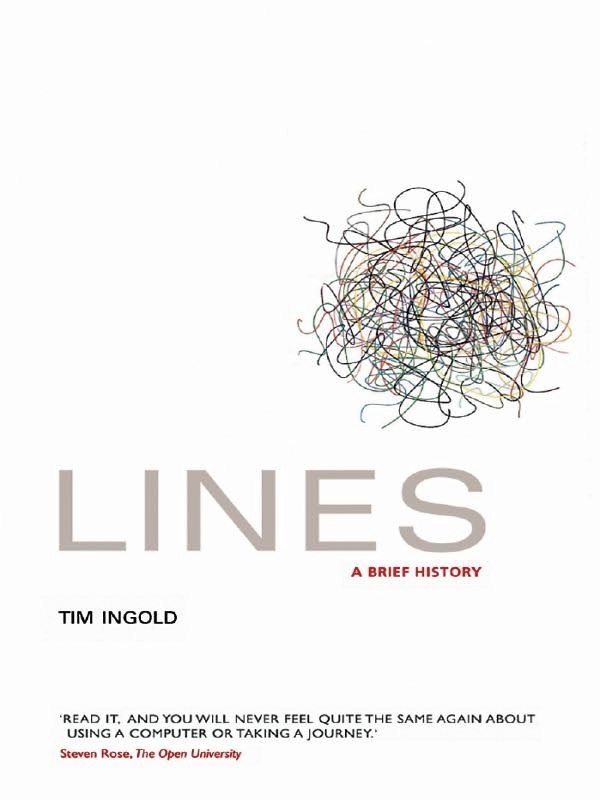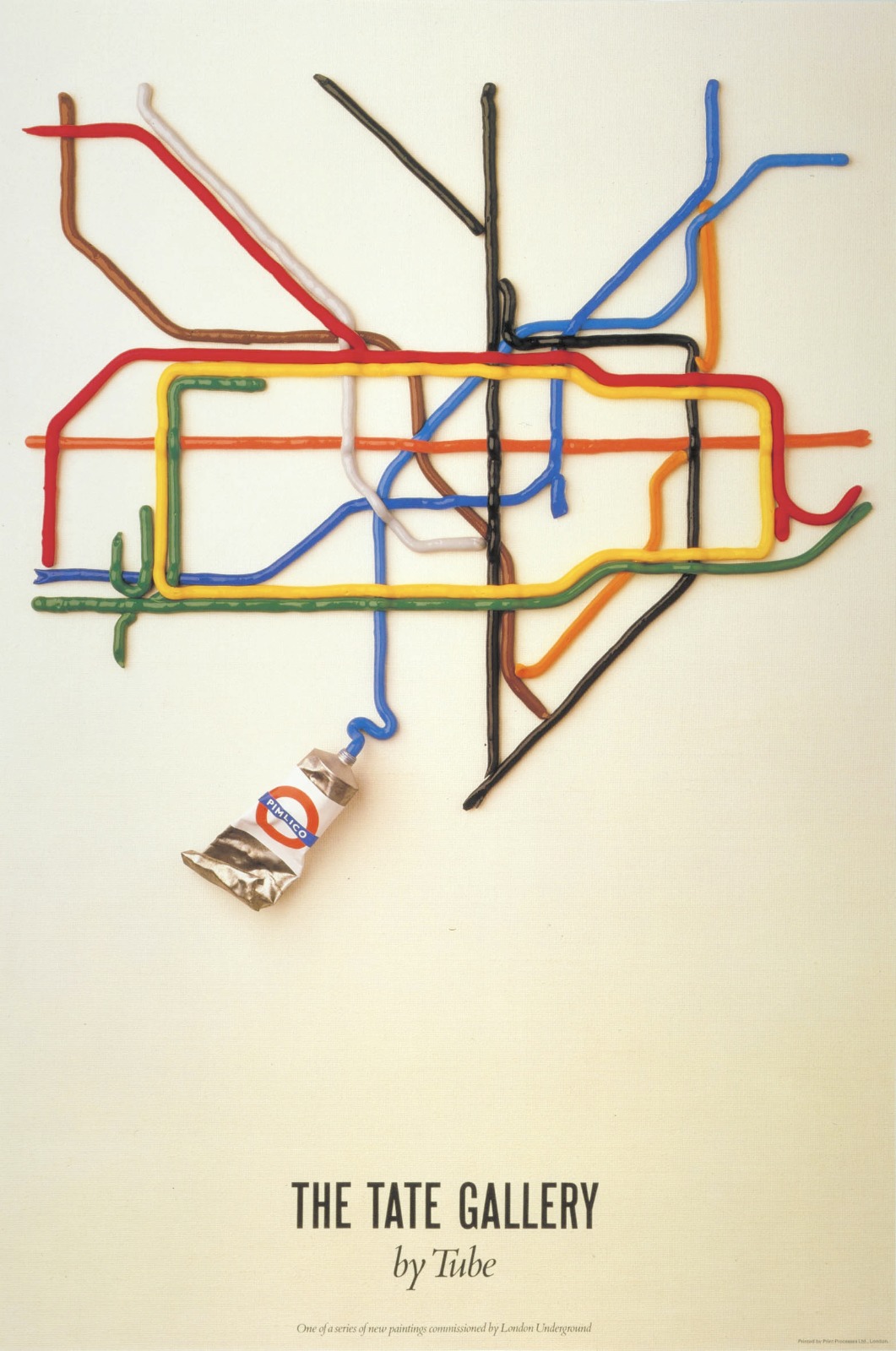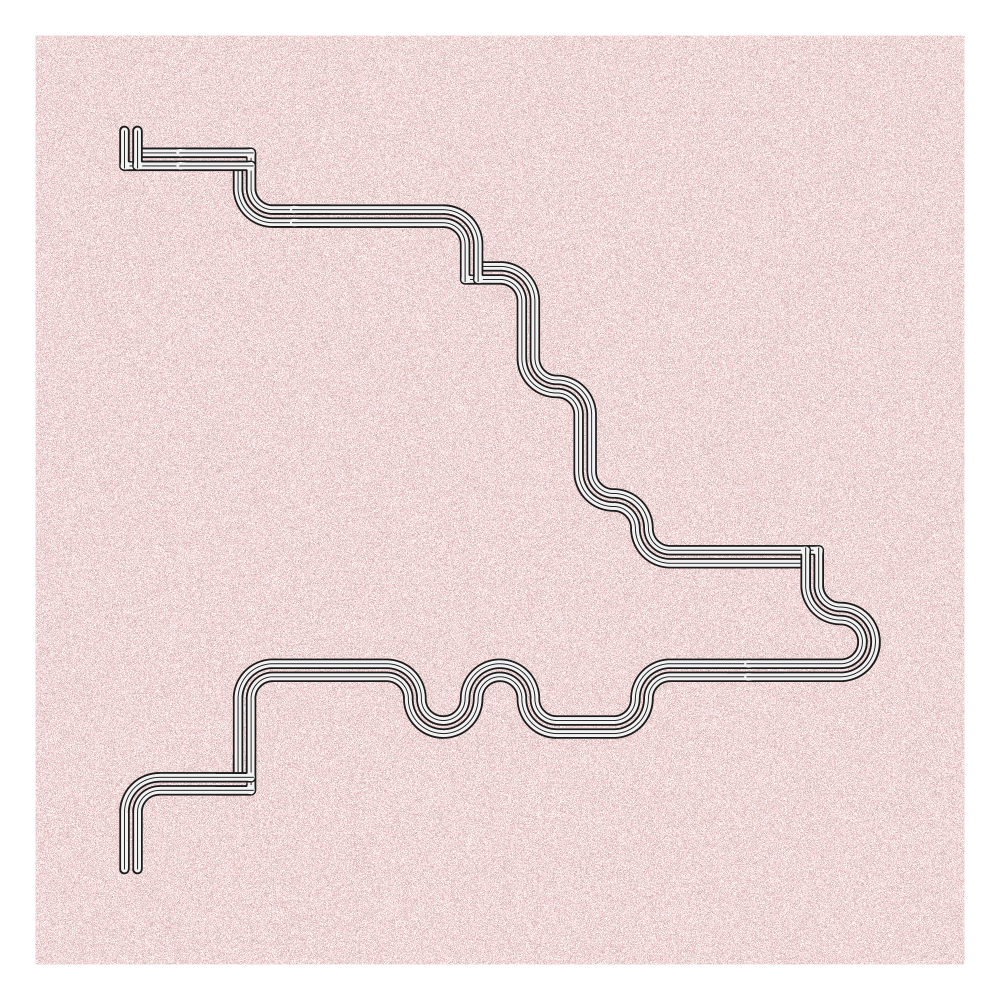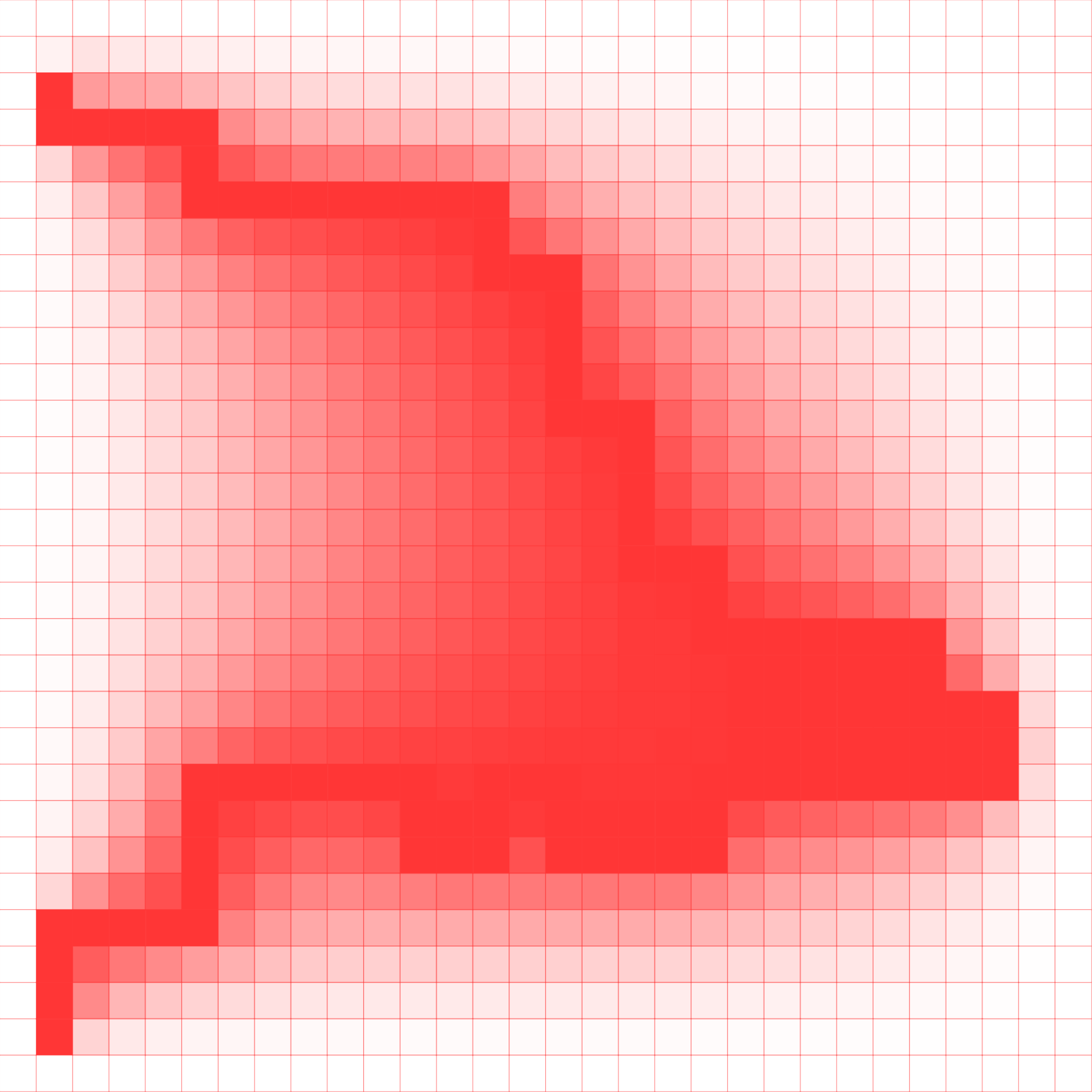I propose to qualify the aesthetics of my project as “tubist”, borrowing the neologism coined in 1911 by the French art critic Louis Vauxcelles about Fernand Léger's painting: I attempted to construct a system of representation that has the cylindrical volume as its reference unit and foundation.
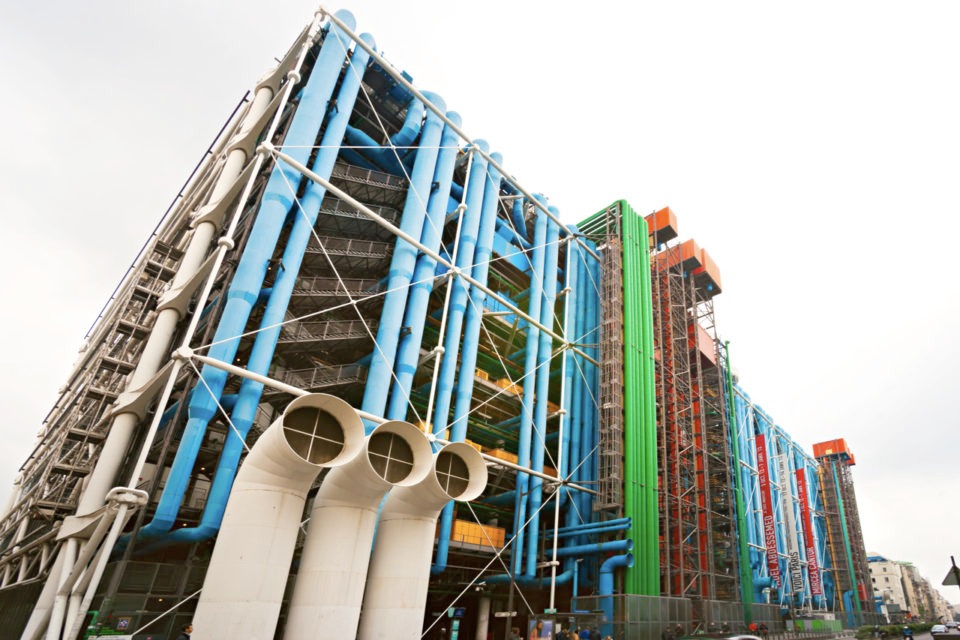
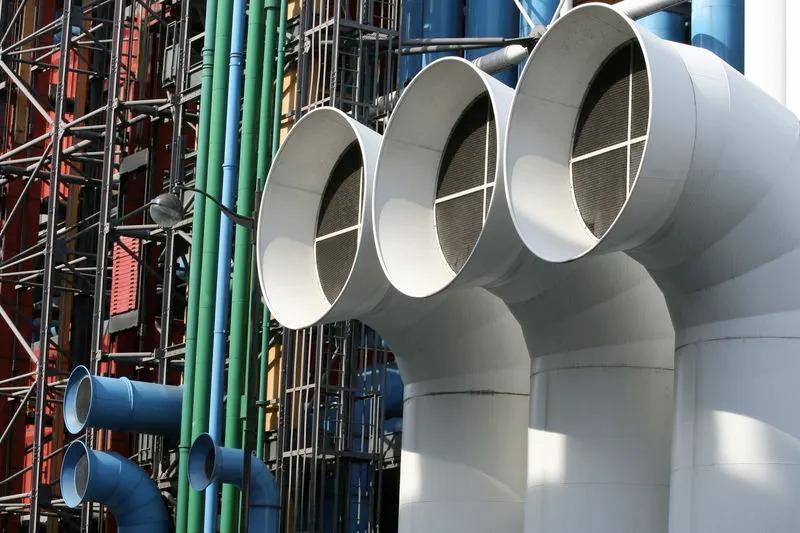
My “tubism” was born from a passion for tubular forms that has multiple origins. The oldest one is the fascination I felt as a child for the gigantic colored cylinders on the facade of the Centre National d'Art et de Culture Georges Pompidou. I filled notebooks with sketches that tried to capture, intuitively, the manner in which the blue, red, yellow and green tubes dress the structure of the museum; I tried to represent how they made the museum a reality that was at once handy, opaque and playful. In other words, their purpose is multiple: they ensure the structural integrity of the museum, they transport streams – streams of energy, of cables, of water and air, even of people – and they aspire to make the museum a friendly and welcoming place. All vertical circulation, people and fluids, are contained on the facade: the air-conditioning pipes are blue, the water pipes are green, the electric lines are yellow, the lifts are red and the white pipes are ventilation ducts for the underground.
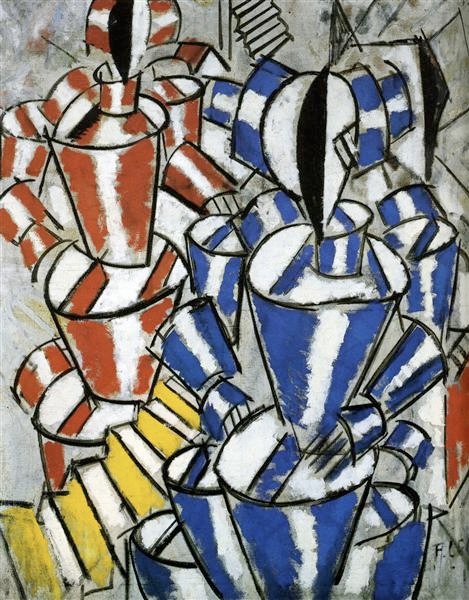
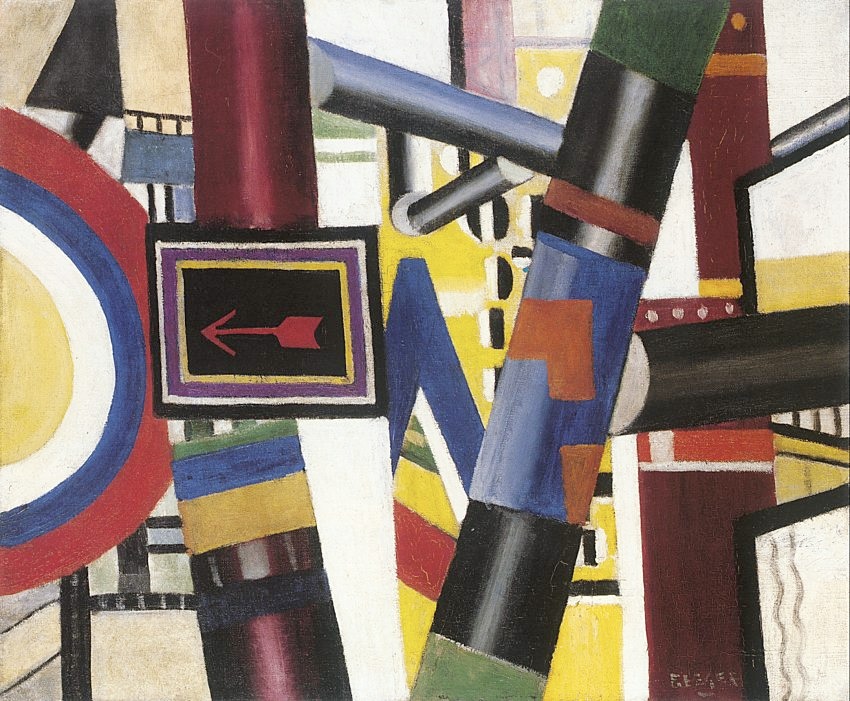
I then discovered Fernand Léger and later Keith Haring, two artists who use tubular forms in some of their compositions. In the latter, I recognize features such as distortion, curvature and undulation that comprise a particular visual grammar, without it being clear whether it is the object that is twisted or the space itself; I like this in-between the solid and the fluid: in “tubism”, the solids seem to be set up to carry a flow (a liquid, an electrical flow, information, etc.). In both, I appreciate the apparent casualness of the line – almost negligence – which evokes, through its simplicity and vibrant colors, the naive lightness of children's play. At the same time, what interests me about Keith Haring is his work on the reiteration of the same patterns (which is not completely foreign to generative art): the repetition and combination of a very simple pattern allows him to construct a dense, chaotic and yet very structured geometry.
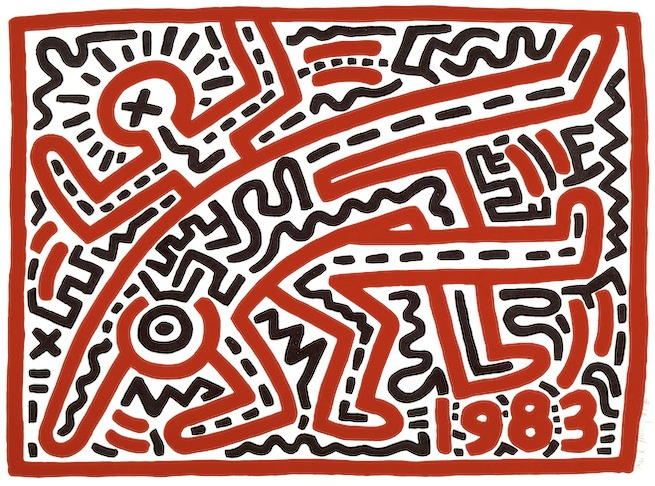
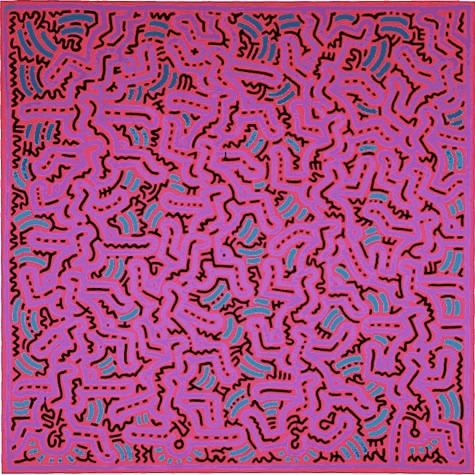
This project was also inspired by my readings during my study of programming and philosophy. One of the main insights I would highlight is about the material infrastructure of globalization: the cable is perhaps its main tool (electric cables, submarine cables for the internet, optic fiber cables for high frequency trading, etc.). The cable has a contradictory duality in that it can be either visible – because of its length – or unnoticed – because of its thinness, either buried, put in the sky or hidden in a wall. My work seeks to symbolize this form which is both discreet and fundamental. In Threads, threads run through 3D space: one thread can hide another, they travel side by side or cross each other; when combined, patterns and key moments emerge on the canvas.
Then there are the books of the Scottish researcher Tim Ingold, and in particular his anthropology of the line. He defines the human being as an animal who, through weaving, writing, walking and drawing, never ceases to draw lines; he shows how the surface and pattern emerge from the crossing of lines, in a whole range of culturally significant human activities. I have retained from Tim Ingold the idea that modernity is the aspiration to the reign of the straight line. In my opinion, it can be more than the straight line and I have sought to invent a graphic language that brings to light alternative typographies, calligraphies and cartographies. From the metro map to Ariadne's thread, from noodles to spaghetti, tubism begins with the decision to explore the line in all its forms: the knot, the piece of string, the ideogram, the road system, etc. Threads is the result of this exploration.
